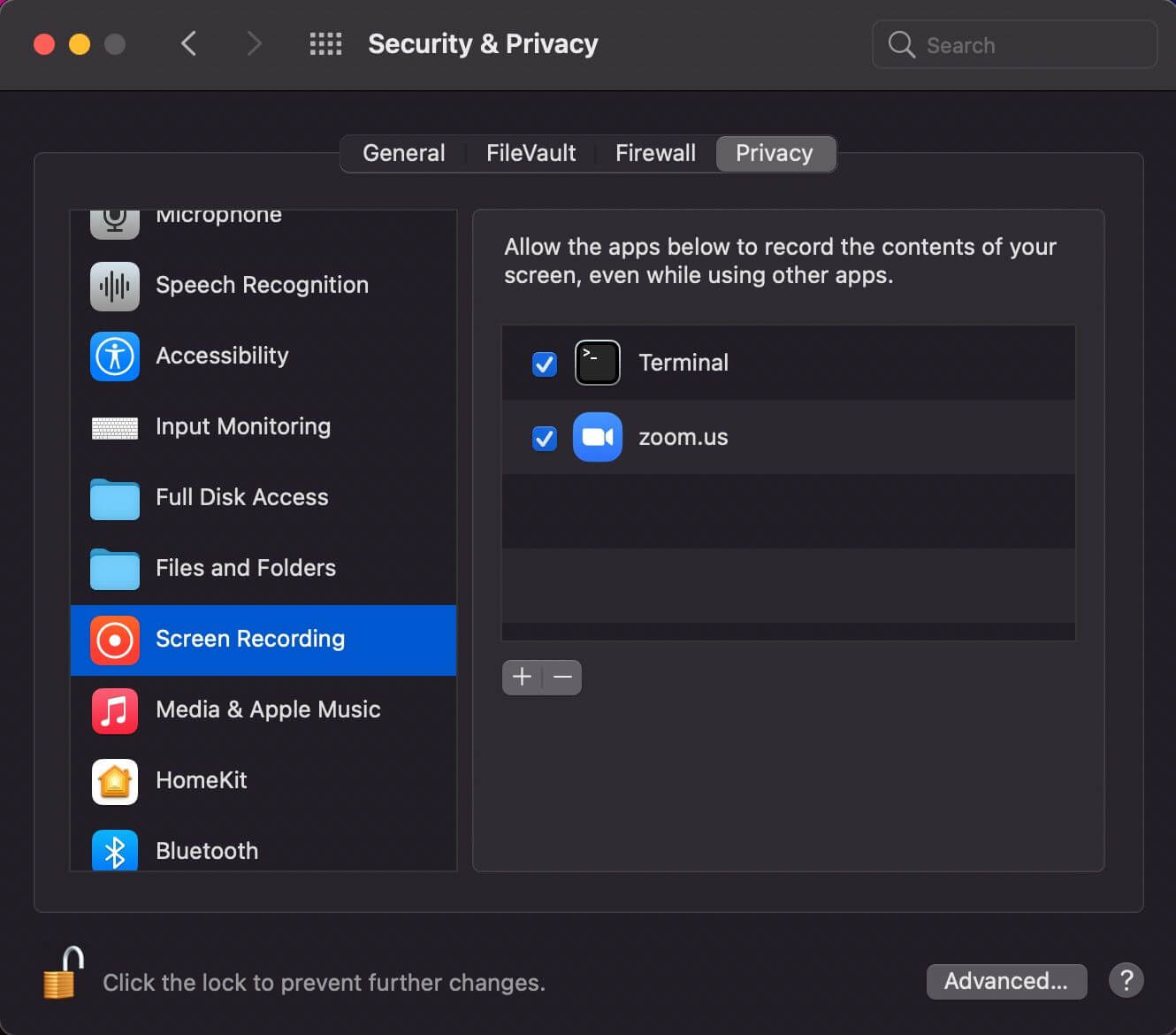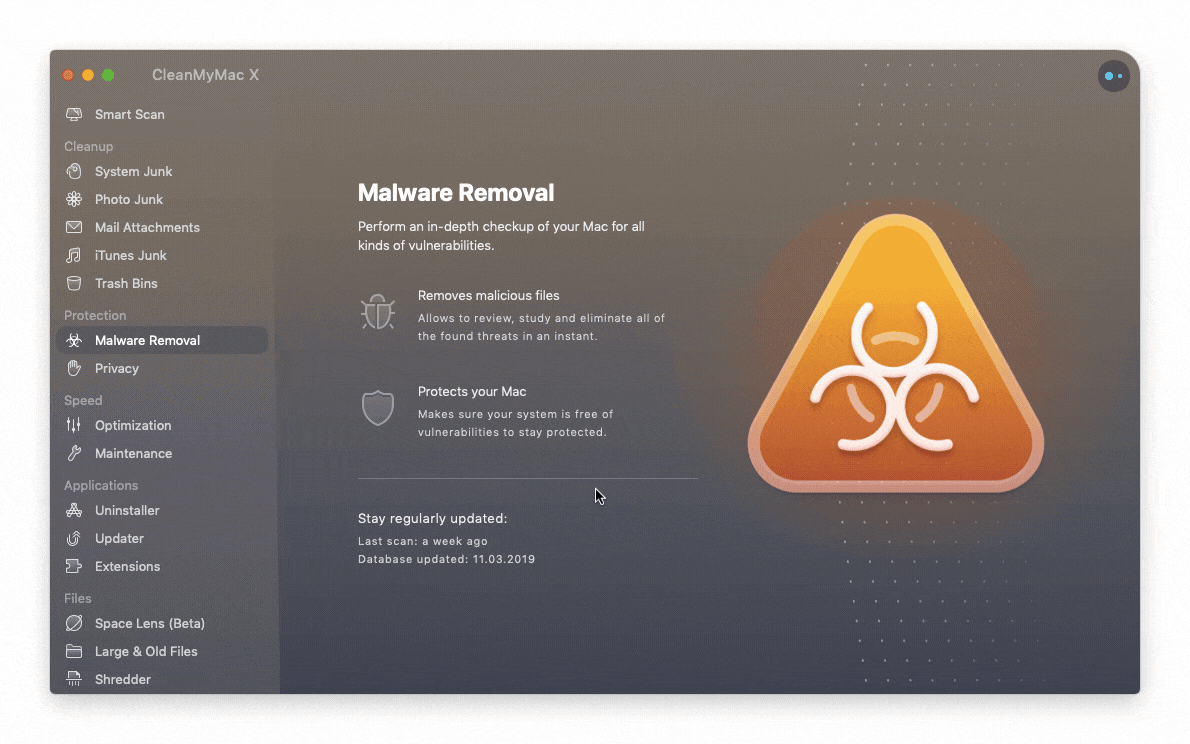

execute this binary ( /Library/UnionCrypto/unioncryptoupdater).unioncryptoupdater) from the application’s Resources directory into /Library/UnionCrypto/ create a /Library/UnionCrypto directory.) from the application’s Resources directory into /Library/LaunchDaemons
#Macos malware years used runonly detection software
Once executed, the file uses a post-installation binary that, according to a detailed analysis by Patrick Wardle, a Mac security expert at enterprise Mac software provider Jamf, can do the following: On Friday, according to VirusTotal, detection had only modestly improved, with 17 of 57 products flagging it. When it first came to light earlier this week, only two out of 57 antivirus products detected it as suspicious.

The first stage poses as a cryptocurrency app with the file name UnionCryptoTrader.dmg. It has become increasingly common since then. By 2017, more advanced financially motivated hackers had adopted the technique. In-memory infections were once the sole province of state-sponsored attackers. The technique is an effective way to evade antivirus protection because there’s no file to be analyzed or flagged as suspicious. Instead, it loads malicious code directly into memory and executes it from there. In-memory execution, also known as fileless infection, never writes anything to a computer hard drive. Hackers believed to be working for the North Korean government have upped their game with a recently discovered Mac trojan that uses in-memory execution to remain stealthy.


 0 kommentar(er)
0 kommentar(er)
